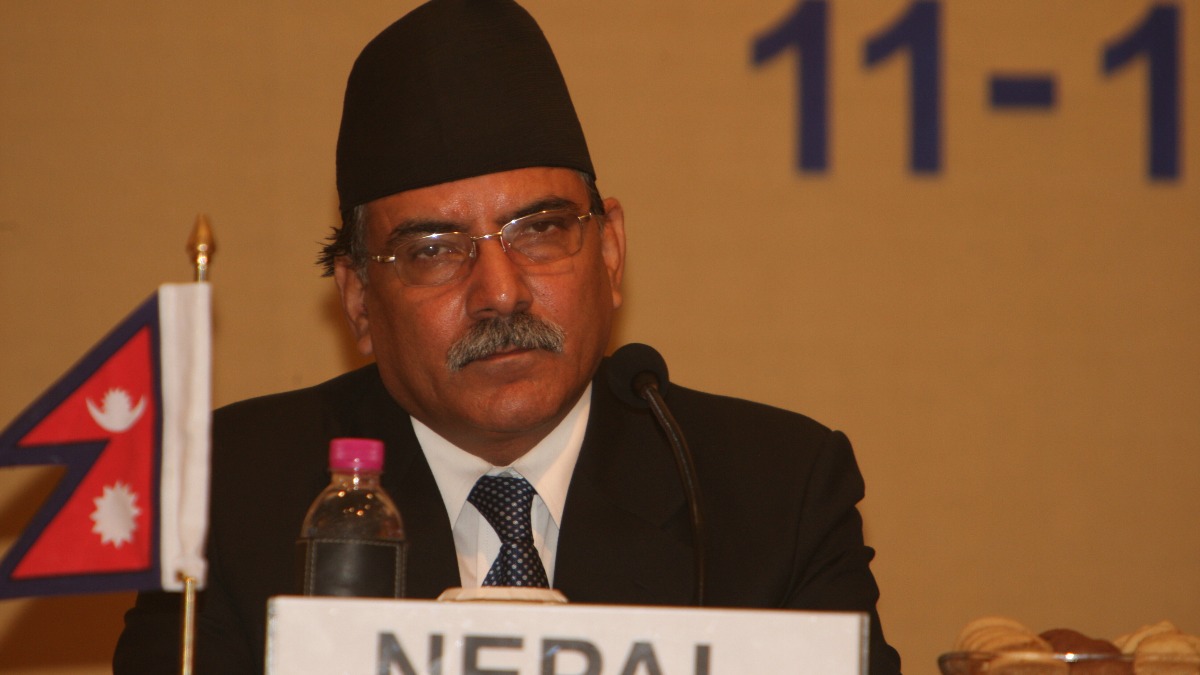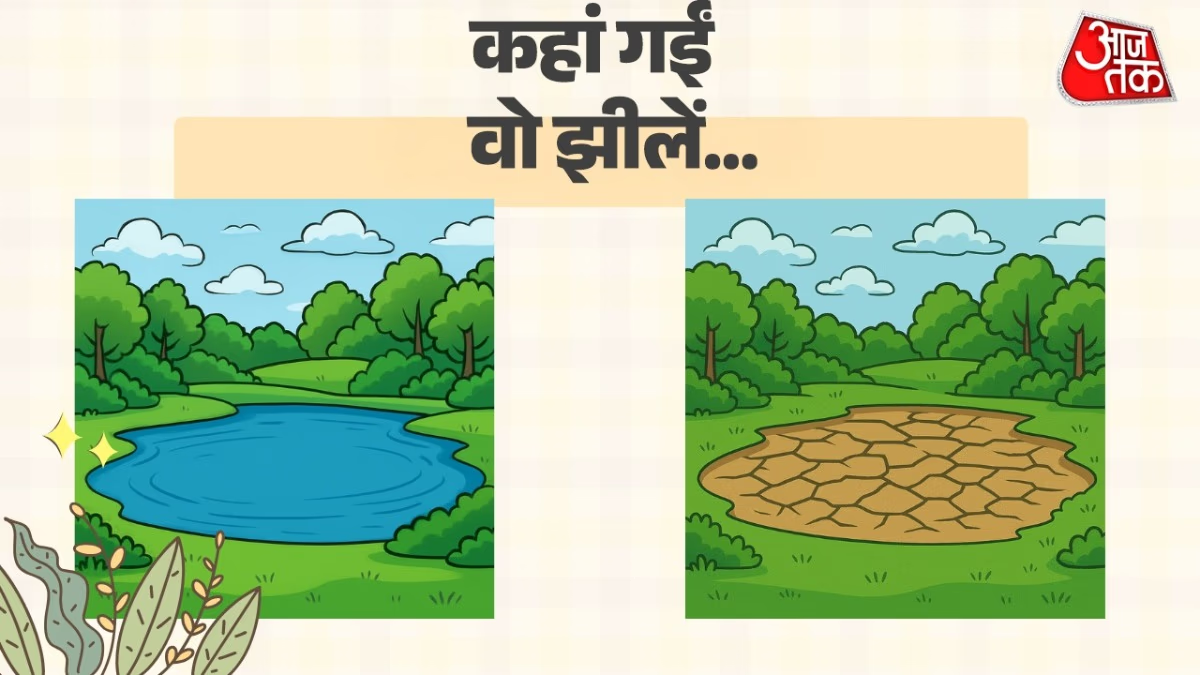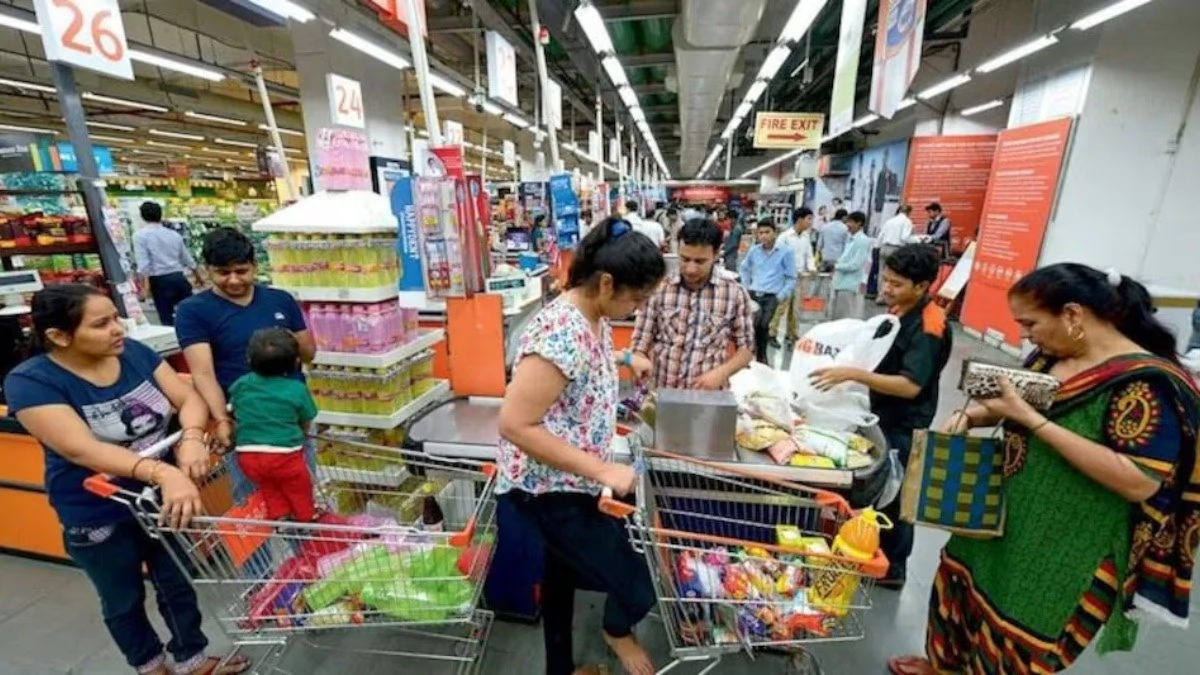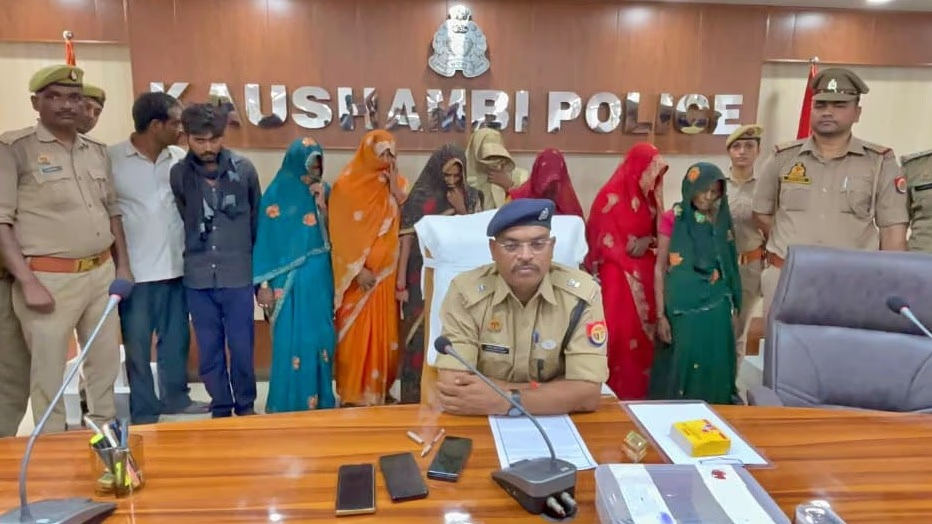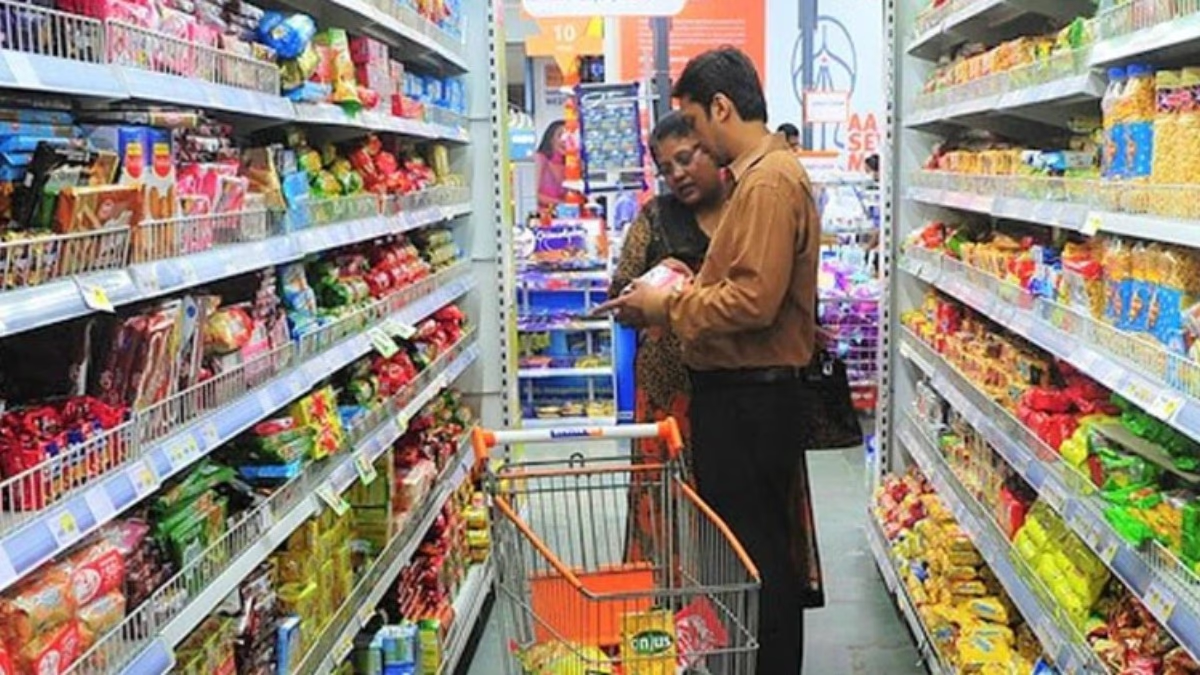In India's neighborhood of Nepal, fresh political dynamics have arisen, putting Pushpa Kamal Dahal 'Prachanda's government in minority. Sher Bahadur Deuba, president of the Nepali Congress, has asked Prachanda to resign so a new government can be formed.
Prachanda's administration previously had the support of former Prime Minister KP Sharma Oli's Communist Party of Nepal (Unified Marxist-Leninist), CPN-UML. However, Oli's party has now withdrawn its backing, with CPN-UML and the Nepali Congress forming an alliance.
Despite this, Prachanda is not ready to resign. He declared that he would face a vote of confidence in Parliament, which, according to the Nepalese Constitution, the Prime Minister must secure within 30 days.
An Eye for an Eye!
Earlier in March, Prime Minister Prachanda ousted Deuba's party from the government, which had been running based on the support from the Nepali Congress for 15 months. Prachanda then included Oli's CPN-UML in the administration.
According to a news agency, Deuba met with Oli last week, which was followed by Oli meeting with Prime Minister Prachanda twice.
Now Sher Bahadur Deuba's Nepali Congress and KP Sharma Oli's CPN-UML have formed an alliance, reaching a political agreement. Under this, both Deuba and Oli will take turns as Prime Minister—first KP Sharma Oli, followed by Deuba.
Read More:
What's the Agreement Between Both Parties?
The agreement isn't just about sharing the Prime Minister's office. It includes several significant details, for instance, the party leading the government will not control the Ministry of Home Affairs. Meaning, as long as KP Sharma Oli is Prime Minister, CPN-UML will not hold the Home Ministry; it will belong to Sher Bahadur Deuba's Nepali Congress.
The parties have also drafted a constitutional amendment, proposing to make the Vice-President the chairman of the National Assembly.
Furthermore, Oli and Deuba's parties have also agreed on provincial governments, where Oli's party will lead governments in the Koshi, Lumbini, and Karnali provinces, while Deuba's party will head governments in the Bagmati, Gandaki, and Sudur-Paschim provinces.
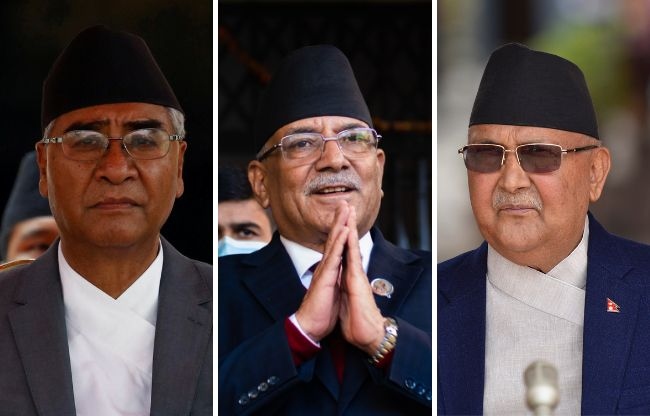
Source: aajtak
Parliamentary Strength?
Nepal's Parliament, called the House of Representatives, has 275 seats, with Deuba's Nepali Congress holding the largest number at 89 seats, and Oli's CPN-UML at 78 seats.
On the other side, Prachanda's Communist Party of Nepal (Maoist Center) has only 32 seats.
Additionally, the Janata Samajwadi Party has 5, the Rashtriya Prajatantra Party has 14, and the Loktantrik Samajwadi Party has 4 seats.
Spokesperson from the Nepali Congress, Prakash Sharan Mahat, claimed that other parties are also supporting the government formed by Nepali Congress and CPN-UML.
What's Next?
Constitutionally, a prime minister who loses the majority must prove a vote of confidence within 30 days. Therefore, Prachanda has 30 days to secure support.
This will be the fifth time in one and a half years that Prachanda will need to demonstrate a majority in the house. Sher Bahadur Deuba has requested Prachanda's resignation.
The spokesperson from the Nepali Congress, Mahat, says that the Prime Minister should clear the way for the formation of a new government. He added that if Prachanda does not resign, a new government will be formed through constitutional processes.
13 Governments Have Collapsed in 16 Years
Since Nepal transitioned from a monarchy to a republic in 2008, coalition governments have been the norm. In the 16 years of Nepal’s democratic history, 13 governments have fallen. If Prachanda resigns, the Nepalese people will witness the formation of the 14th government.
The frequent collapses are due largely to the instability created by governments formed on the backing of multiple parties.
When the first elections were held in 2008, Prachanda's party won the most seats and formed a coalition with Oli’s CPN-UML. However, Prachanda resigned in 2009, leading to a new government formed by CPN-UML and the Nepali Congress which also fell apart in 2010.
Subsequent leaders like Jhala Nath Khanal and Baburam Bhattarai also became prime ministers but didn’t manage to hold onto power for long. In February 2014, Nepali Congress and CPN-UML again formed a government, with Sushil Koirala as the prime minister; he too had to step down in less than two years.
In 2015, KP Sharma Oli formed another coalition and became prime minister, but by August 2016, Prachanda was back with the support of smaller parties. Post-2017 elections, Oli and Prachanda's parties joined forces to form a government with an agreement that they would take turns in the Prime Ministerial role. However, when Prachanda was due to take over, Oli balked, dissolving Parliament and calling for elections. The Supreme Court later reinstated Parliament, and Sher Bahadur Deuba became prime minister.
In the November 2022 elections, Deuba's party won 89 seats but remained short of a majority. Once again, Deuba and Prachanda formed a government with Prachanda as prime minister. However, their relationship soured by December 2022. By March 2023, their alliance had collapsed, yet Prachanda remained in power with the support of Oli’s party.
Looking at history, most Nepalese governments have fallen due to broken agreements. The relationship between Prachanda and Deuba soured for the same reasons.
